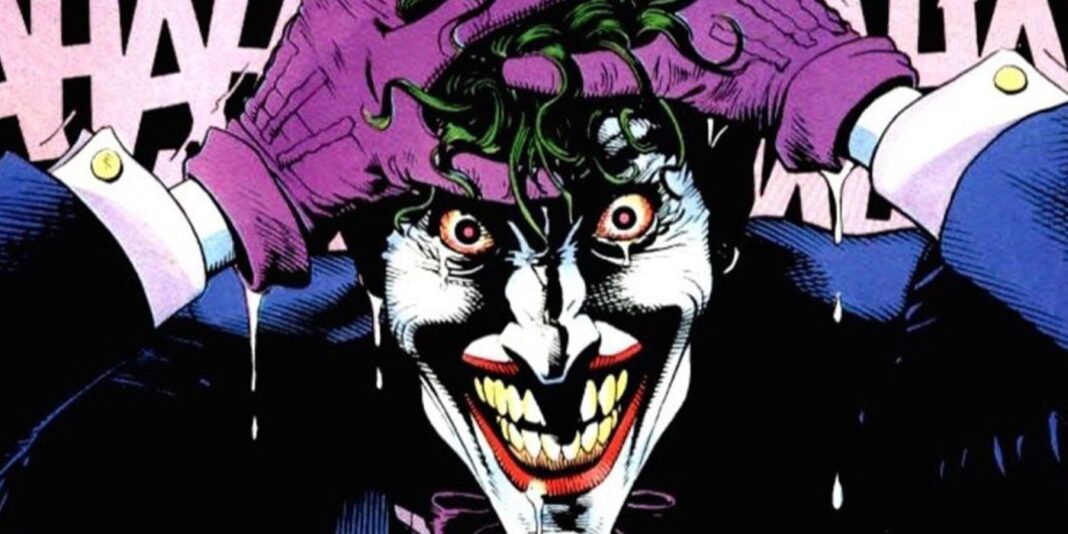The Clown Prince of Crime’s Dark Evolution: Unraveling the Most Disturbing Joker Redesigns in DC History
The iconic Joker, DC Comics’ master of chaos, has been a staple of the Batman universe for over eight decades. Created by the legendary duo Bill Finger and Bob Kane, the Joker’s maniacal grin and unpredictable nature have captivated audiences worldwide. However, beneath the surface of his cackling madness lies a complex web of psychological depth and terrifying redesigns that have pushed the boundaries of comic book horror.
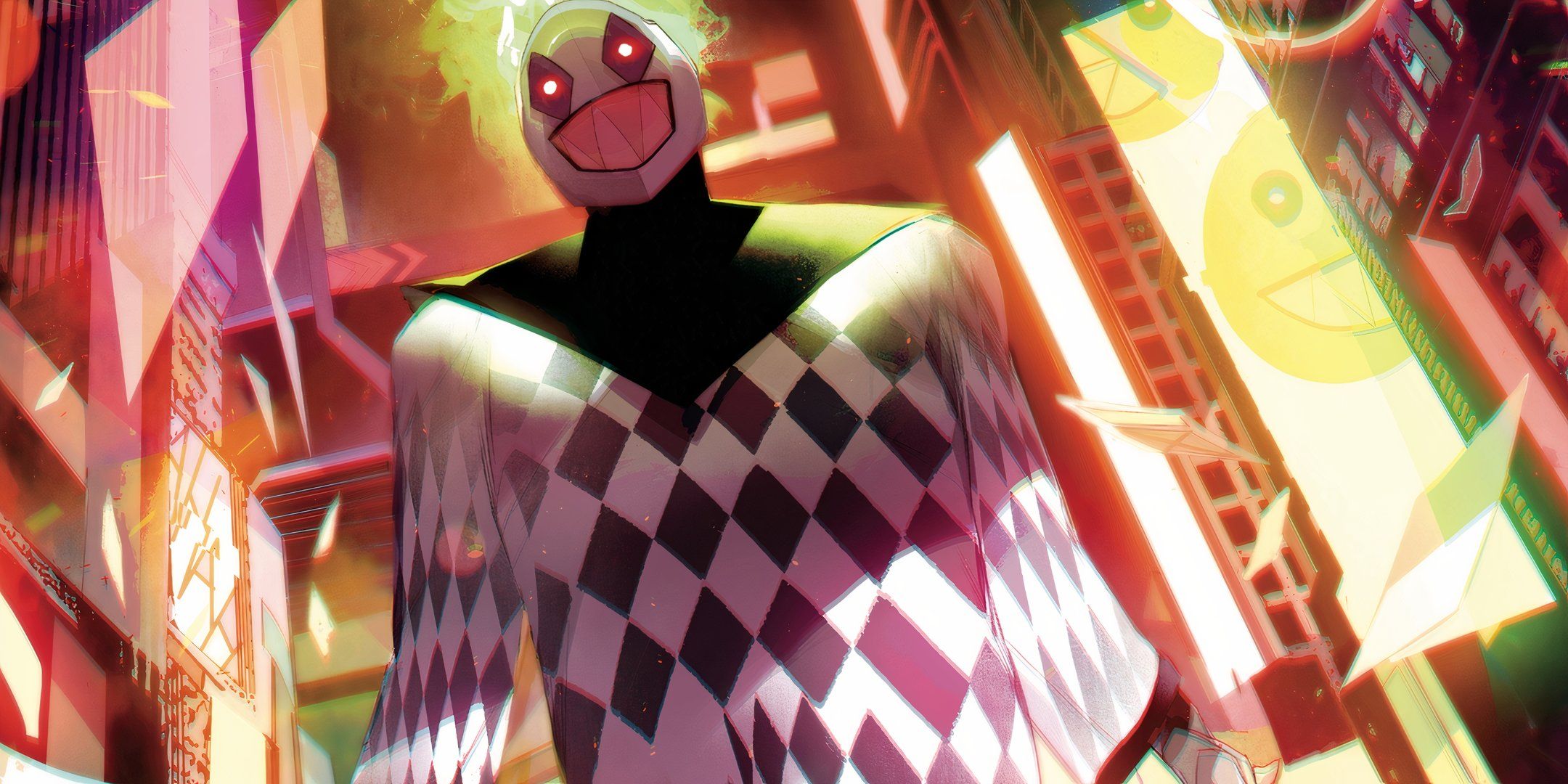
From the early days of comic book history to the present, the Joker has undergone numerous transformations, each one more unsettling than the last. His grotesque visage has been reimagined by some of the industry’s most brilliant minds, resulting in a diverse array of disturbing redesigns that have left fans both fascinated and appalled.
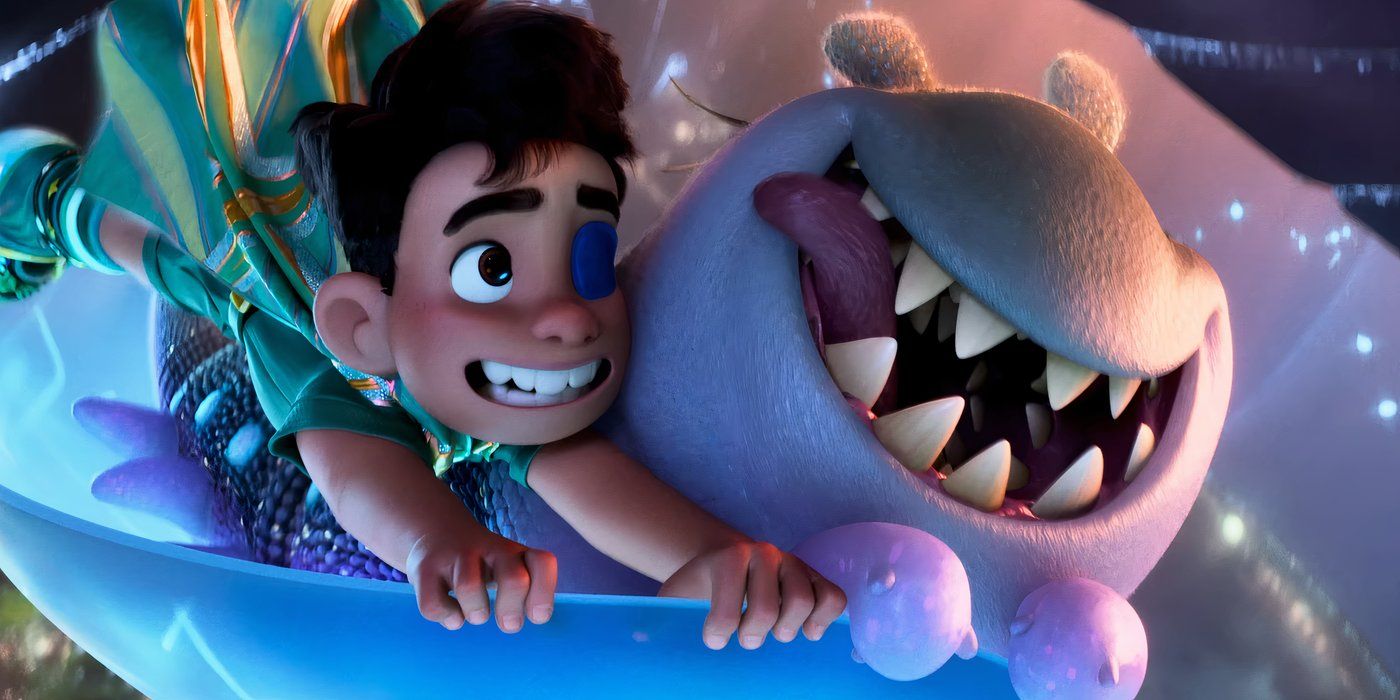
The Power of Storytelling
The Joker’s redesigns are often tied to the story surrounding him, which significantly affects the reader’s perception of the character. One notable example is the Elseworlds story Batman: I, Joker, where the protagonist, Joe Collins, is surgically altered and mentally reconditioned to become the Joker. This transformation raises questions about the nature of good and evil, and how these labels are applied to individuals.
This narrative approach allows for a deeper exploration of the Joker’s character, highlighting his complex personality and the blurred lines between good and evil. The reader is forced to confront the idea that even the most well-intentioned individuals can be driven to madness and villainy through circumstance and environment.
The success of this storytelling approach can be seen in the reader’s emotional investment in Joe’s transformation. As the character struggles to maintain his identity amidst the Joker’s influence, the reader becomes increasingly empathetic, leading to a more engaging and thought-provoking experience.
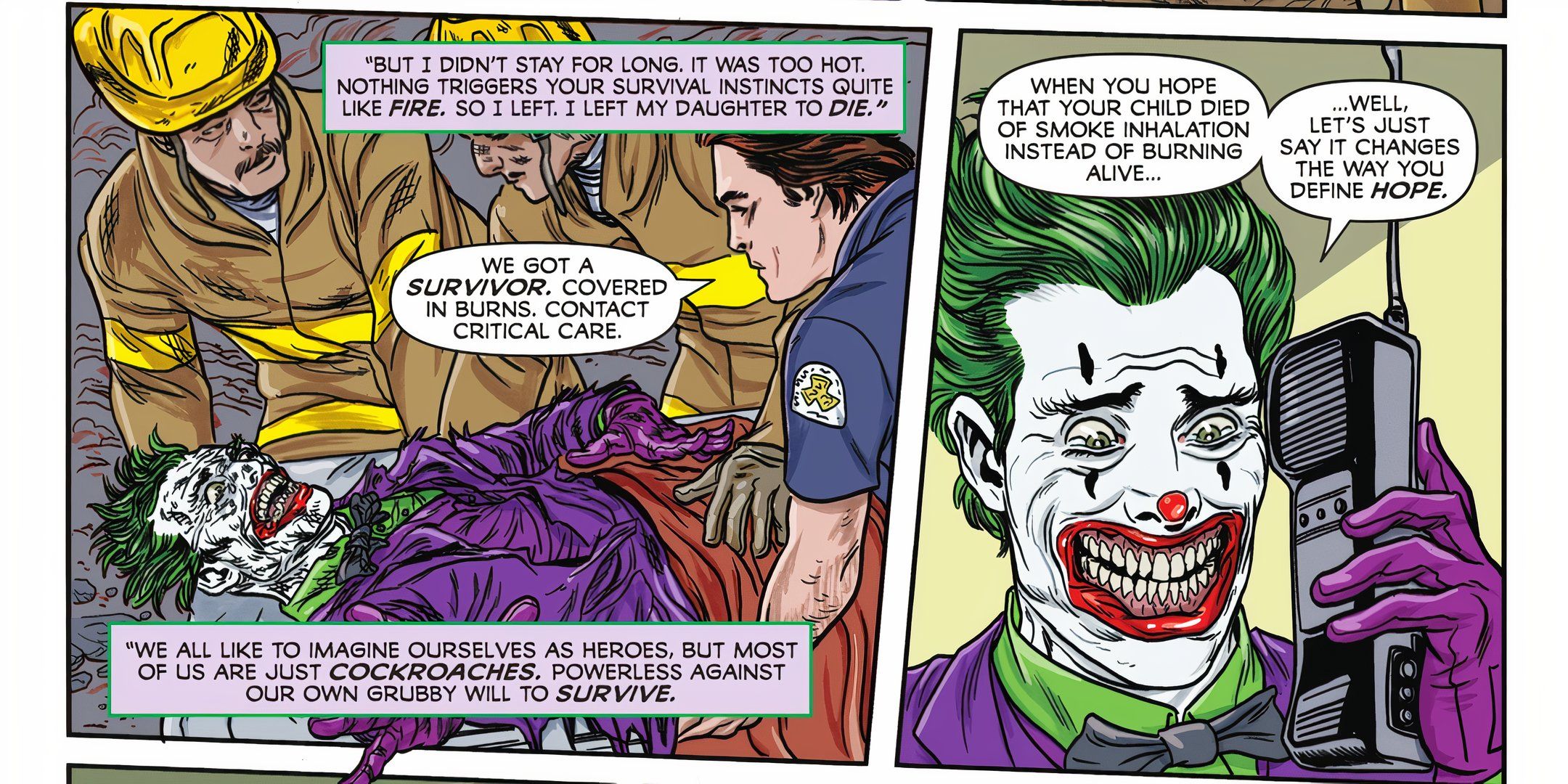
The Impact on Reader Perception
The Joker’s redesigns often serve as a commentary on the societal norms and values that shape our understanding of good and evil. By presenting a character who defies these labels, the Joker’s story challenges the reader’s assumptions and encourages them to reevaluate their own moral compass.
Furthermore, the Joker’s redesigns can be seen as a reflection of the current cultural and social climate. For instance, the Arkham Asylum: A Serious House on Serious Earth version of the Joker, with its corpse-like skin and red rash-like scarring, can be interpreted as a commentary on the breakdown of societal norms and the fragmentation of individual identity.
This nuanced approach to storytelling allows the Joker to remain a compelling and complex character, even in the face of multiple redesigns and reinterpretations.
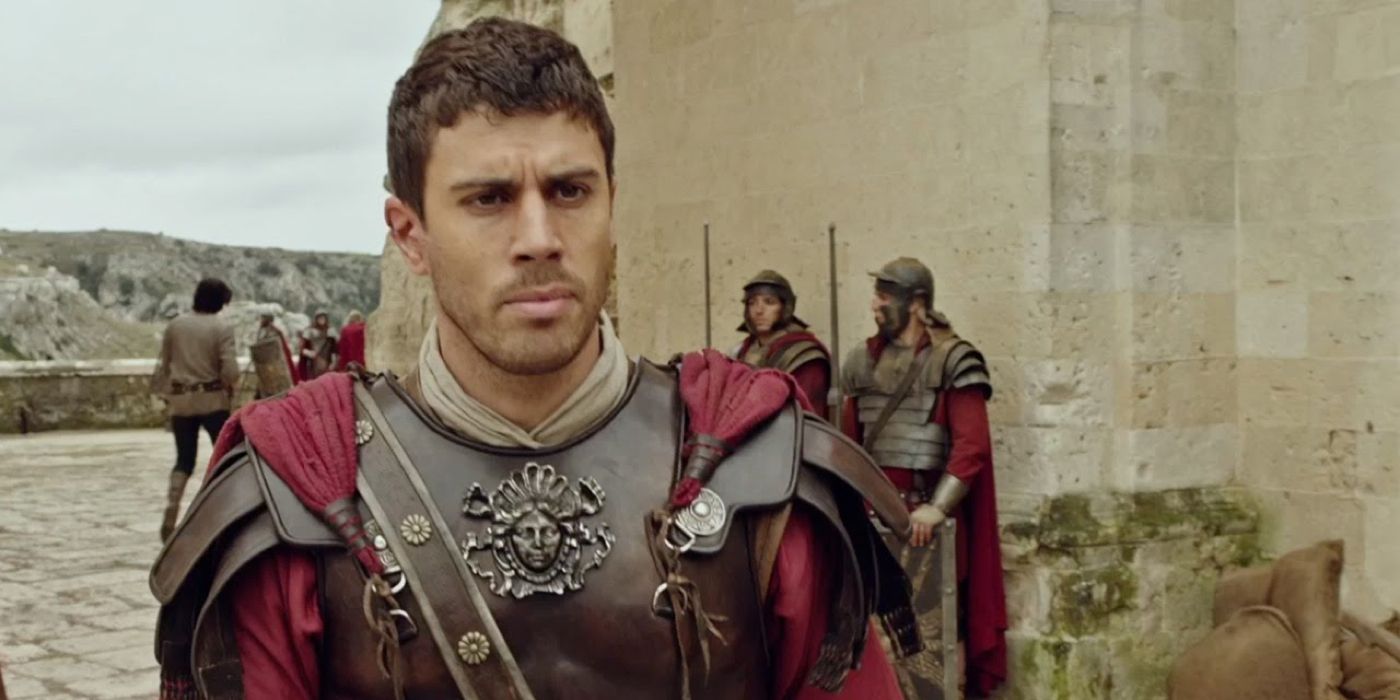
The Psychological Impact of the Joker’s Redesigns
The Joker’s complex personality and the blurred lines between good and evil make him a terrifying character. His redesigns often serve to amplify these traits, creating a sense of unease and uncertainty in the reader.
The line between good and evil is particularly pertinent in the context of the Joker’s redesigns. His fusion with other characters, such as Sabretooth in the Amalgam Universe’s Legends of the Dark Claw, creates a new and terrifying entity that challenges the reader’s understanding of morality.
The impact of the Joker’s redesigns on Batman’s perception of himself and his enemies is also significant. As the Joker’s persona evolves, Batman is forced to confront his own vulnerabilities and the limits of his abilities.

The Reader’s Experience
The Joker’s redesigns can evoke different emotions in readers, from fear to fascination. This emotional response is influenced by the character’s complexity and the storytelling approach employed.
The success of the Joker’s redesigns in evoking a strong emotional response can be seen in the reader’s engagement with the character. The more the Joker’s persona is challenged and subverted, the more invested the reader becomes in the story.
This emotional investment is a testament to the Joker’s enduring popularity, as well as the adaptability of his character. His redesigns continue to push the boundaries of what it means to be a villain, making him a compelling and thought-provoking character.
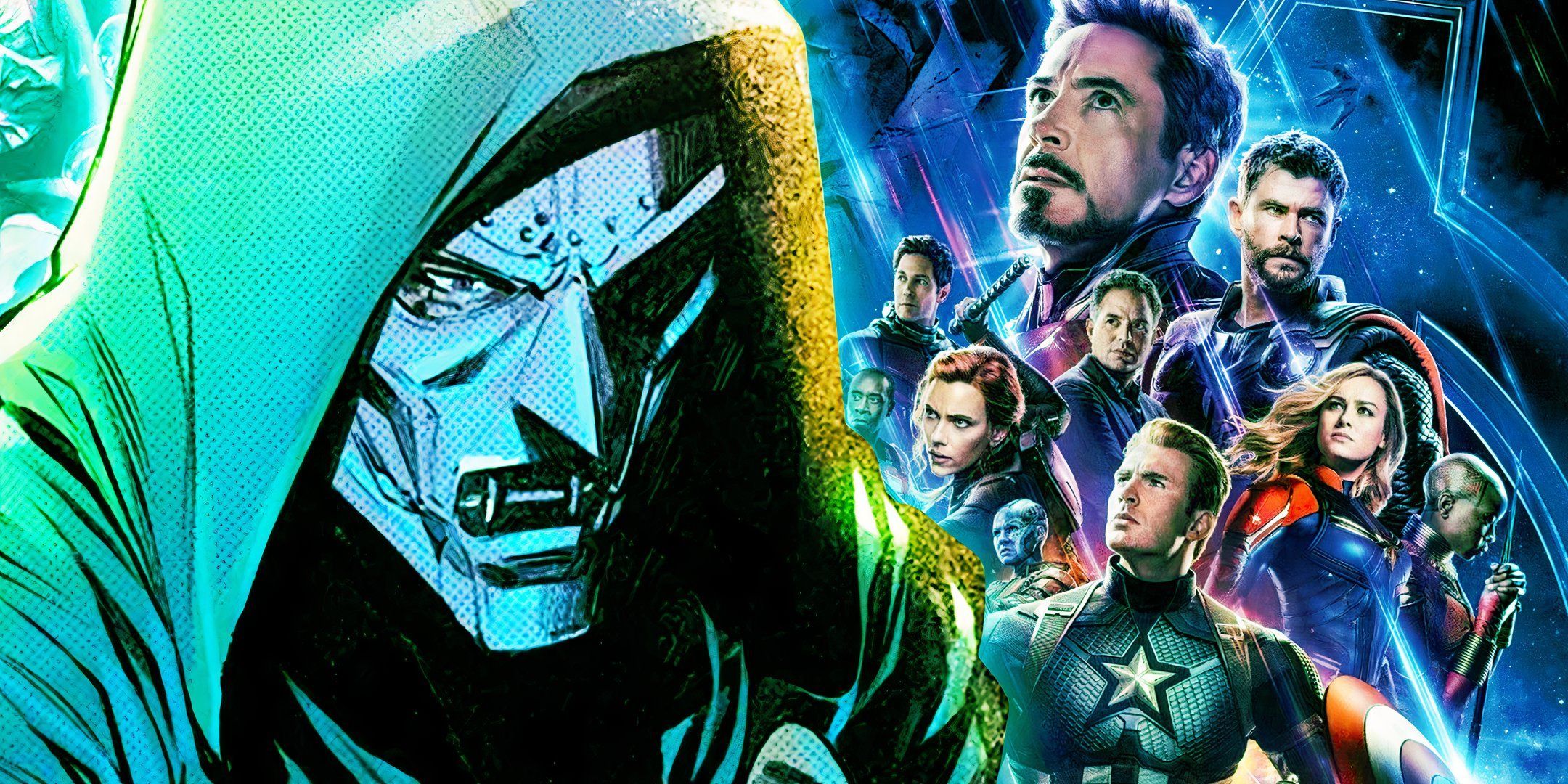
The Legacy of the Joker’s Disturbing Redesigns
The Joker’s redesigns have had a significant impact on popular culture, influencing other characters and creators. His complexity and adaptability have made him a versatile and compelling character, capable of being reinterpreted in various ways.
The influence of the Joker’s redesigns can be seen in the numerous adaptations and reinterpretations of his character. From the Arkham Asylum version to the Amalgam Universe’s Hyena, the Joker’s persona has been reimagined in countless ways, each with its own unique twist and commentary.
The Joker’s enduring popularity is a testament to his ability to adapt and evolve. His redesigns continue to push the boundaries of what it means to be a villain, making him a compelling and thought-provoking character.

The Future of the Joker
The potential future redesigns of the Joker offer endless possibilities for creative reinterpretation and commentary. As the character continues to evolve, he will undoubtedly remain a complex and thought-provoking figure.
The Joker’s ability to subvert expectations and challenge societal norms has made him a beloved and enduring character. His redesigns will continue to push the boundaries of what it means to be a villain, making him a compelling and thought-provoking character for years to come.
The future of the Joker is bright, with endless possibilities for creative reinterpretation and commentary. As the character continues to evolve, he will undoubtedly remain a complex and thought-provoking figure, challenging our understanding of good and evil.
Toby Kebbell on Playing Messala in Ben-Hur
Toby Kebbell’s portrayal of Messala in the 2016 remake of Ben-Hur is a prime example of the Joker’s influence on popular culture. As the adopted brother of Judah Ben-Hur, Messala is a complex and nuanced character, driven by a desire for power and recognition.
Kebbell’s performance as Messala is notable for its depth and nuance, showcasing the character’s vulnerability and humanity. This portrayal is reminiscent of the Joker’s own complexity, highlighting the blurred lines between good and evil.
Furthermore, Kebbell’s experience playing Messala is a testament to the Joker’s influence on popular culture. As he noted in an interview, “I think it’s the ultimate costume” – a reference to the Joker’s iconic makeup and persona.
The Chariot Race Scene
The chariot race scene in Ben-Hur is a thrilling and intense moment, showcasing the actors’ physical abilities and the film’s use of practical effects. Kebbell’s training to pull four horses is a testament to his dedication to the role and his willingness to push himself physically.
The scene is also notable for its use of practical effects, which adds to the sense of realism and immersion. The combination of Kebbell’s performance and the film’s special effects makes the scene a standout moment in the movie.
Overall, Toby Kebbell’s portrayal of Messala in Ben-Hur is a notable example of the Joker’s influence on popular culture. His performance showcases the character’s complexity and nuance, highlighting the blurred lines between good and evil.
Conclusion
In the vast and complex universe of DC Comics, the Joker’s character has undergone numerous redesigns, each offering a unique perspective on the Clown Prince of Crime’s persona. Throughout this exploration of the Joker’s 10 most disturbing redesigns in DC history, we delved into the darker corners of his psyche, examining the various iterations that have captivated and horrified fans alike. From the eerie and unsettling to the grotesque and bizarre, these reinterpretations not only showcase the versatility of the Joker’s character but also serve as a testament to the creative genius of the artists and writers who have contributed to his legend.
The significance of these redesigns extends beyond the realm of mere aesthetics, as they often reflect the societal anxieties and cultural concerns of the time. By examining these disturbing reinterpretations of the Joker, we gain insight into the human psyche and the fears that we harbor. The Joker’s ability to embody and exploit these fears is a hallmark of his enduring appeal, making him one of the most compelling and complex villains in comic book history. As we look to the future, it will be fascinating to see how the Joker’s character continues to evolve, incorporating new themes and anxieties that reflect the ever-changing world around us.
As we close this exploration of the Joker’s most disturbing redesigns, we are reminded that the true horror of the Joker lies not in his appearance, but in the darkness he represents – a darkness that lurks within us all. The Joker’s twisted grin serves as a mirror, reflecting our own deepest fears and insecurities, and it is this unsettling realization that continues to captivate and unsettle us. As the Joker’s maniacal laughter echoes through the ages, we are left with a haunting question: what darkness lies within, waiting to be unleashed?
